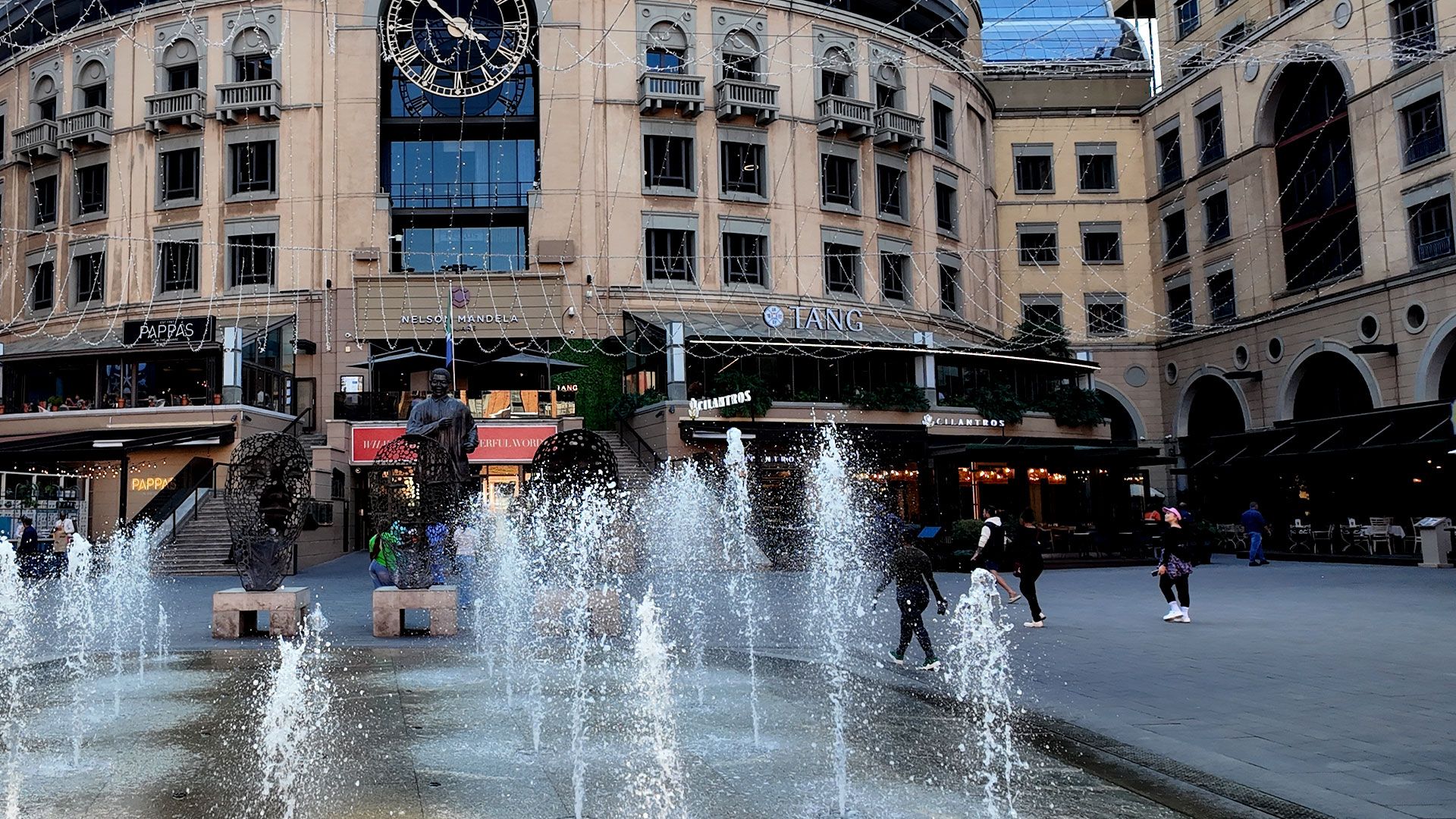June 30, 2025
South Africa’s Inflation and Interest Rate Outlook Amid Rand Volatility

Exchange Rate and Global Developments
Over the past week, the Rand has experienced notable fluctuations, ranging from R17.75 to R18.15 per US dollar, amid escalating conflicts in the Middle East and recent political tensions in South Africa. The ongoing Israel-Iran conflict caused oil prices to spike briefly—rising from $66 to over $77 per barrel—before stabilising around $67. This volatility directly impacts South Africa, given its reliance on oil imports and the currency’s sensitivity to global shocks.
The recent geopolitical tensions have compounded South Africa’s domestic political uncertainty, notably related to the African National Congress’s internal tensions, which spooked local markets and weakened the Rand. Despite this, the currency has shown resilience, partly supported by broader US dollar movements, which are currently influenced by the Federal Reserve’s cautious stance on interest rates.
Inflation Outlook: Stable Yet Sensitive
South Africa’s consumer inflation remains low at a steady 2.8% for both April and May 2025, slightly above analyst forecasts. This modest inflation rate is largely a consequence of low domestic demand and international oil prices, which fell sharply after the Israel-Iran ceasefire. Key components driving CPI include housing and utilities (up 4.5%) and food prices (up 4.8%), reflecting typical price pressures coming from exchange rate movements and global commodity prices.
Producer inflation at a mere 0.1% annual increase indicates subdued cost pressures in manufacturing, with key rises in intermediate goods costs—especially in metals and chemicals—still within manageable bounds. Despite this, the Reserve Bank remains vigilant, particularly concerning the upward pressure on costs from electricity and water, which still lag within the targeted inflation range.
Interest Rate Implications
The Reserve Bank’s recent decision to lower interest rates at the end of May was supported by the low inflation environment and improved exchange rate, alongside declining oil prices. A lower rate aims to stimulate demand by increasing household disposable income, especially for indebted consumers, amid sluggish economic growth.
However, the spectre of global uncertainty, including US monetary policy and geopolitical conflicts, necessitates caution. With the Federal Reserve maintaining a hold on US interest rates until clearer inflation signals emerge, the SARB’s upcoming July policy meeting will likely adopt a cautious stance. The bank’s primary concern remains price stability, balancing supportive monetary easing with the need to avoid imported inflation driven by exchange rate swings and oil price volatility.
Fuel Price and Domestic Costs
The upcoming fuel price increase—expected to be around 50 to 84 cents per litre—will further challenge households already navigating inflationary pressures. The recent escalation in global oil prices due to Middle Eastern tensions temporarily raised local fuel prices; even as oil prices receded, under-recoveries linger, influencing local costs.
Domestic and International Political Context
Politically, South Africa faces a fragile moment, with market jitters triggered by potential cabinet reshuffles and intra-party tensions. On the international front, US demands concerning land expropriation and land rights, in addition to anti-farm attack measures, highlight heightened diplomatic scrutiny. While these issues are unlikely to immediately impact inflation, they serve as a reminder of the external uncertainty weighing on investor confidence.
Conclusion: Prudence and Stabilisation
As 2025 unfolds, South Africa’s policy approach must carefully navigate both internal and external shocks. The low inflation environment provides scope for prudent interest rate policies aimed at supporting growth without risking higher inflation. Meanwhile, resistance to volatility in the Rand and oil prices will be vital, especially in a global context fraught with geopolitical risks.
The SARB’s cautious stance reflects a commitment to maintaining price stability and financial stability, crucial for long-term economic resilience. With inflation under control and international conditions stabilising, there remains a balanced opportunity for monetary easing—contingent, however, on global developments and domestic political stability. A measured approach will serve South Africa best in ensuring sustained growth and economic confidence in this uncertain environment.











